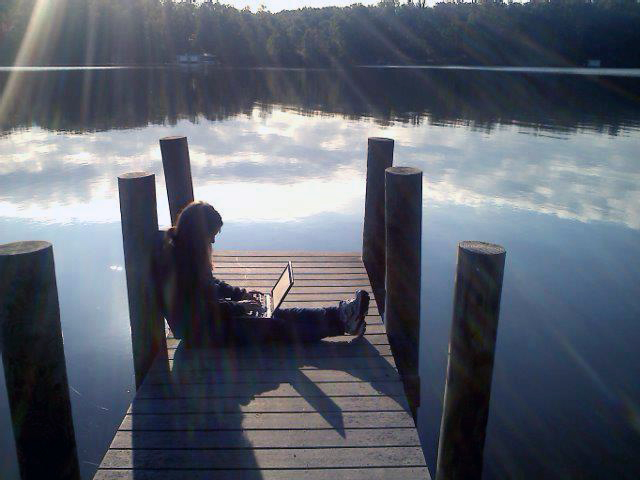CRAB NEBULA
GWCS ASTROPHYSICS
On Sunday, April 8th, the Astro class (Christian, Kian, Anne, and Delia, our parent chaperones Ms. O’Grady and Mr. Monette) traveled to the Green Bank Observatory in the National Radio Quiet Zone in West Virginia, home of the largest fully steerable radio telescope in the world, the 300 foot Green Bank Telescope. Our mission: to make a radio map of a region of the sky that includes the Crab Nebula supernova remnant in Taurus and the Orion Nebula, which includes a star forming region.
Upon arrival, in order to avoid contributing to radio frequency interference that can interfere with the astronomers’ observations, we switched off our electronic devices, including our cell phones. Ms. O’Grady thoughtfully provided disposable film cameras to the students so they could document their experience. After some time exploring the exhibits in the science center, we headed down to the education telescope to learn how to use it. The 40 foot telescope dates from the 1960s, the heyday of radio astronomy, and re-uses equipment leftover from other projects, including the original feed used for project OZMA, the first organized scientific search for signals from extraterrestrial civilizations.
The data is recorded on a long scroll of paper, a section of which looks like this:
GW Community School
Astronomy & Astrophysics Class Trip
Dr. Caroline Cox, Teacher
April 8, 2018







